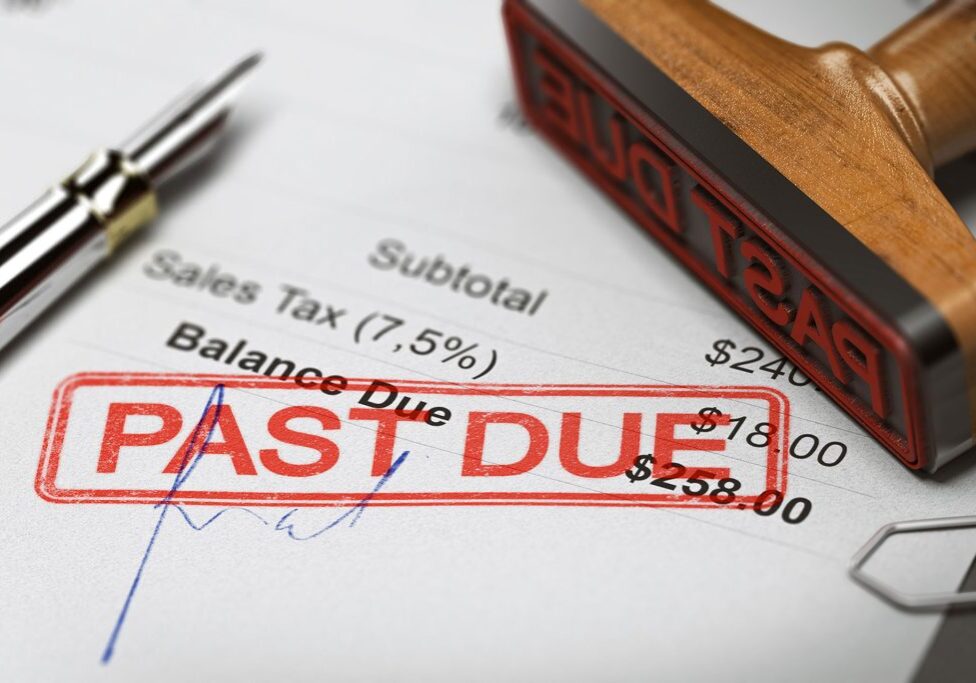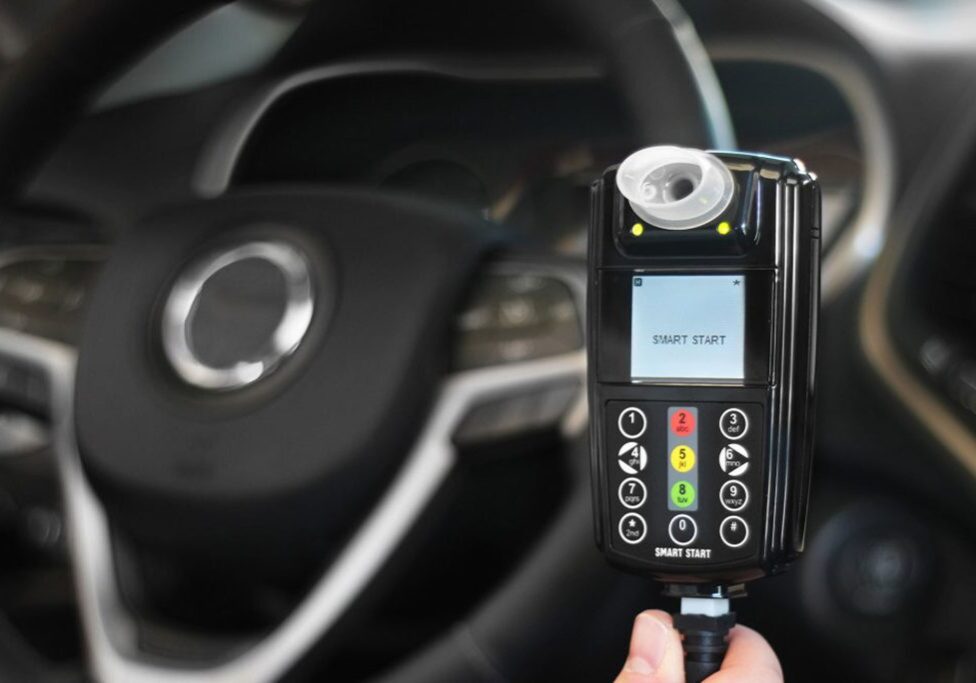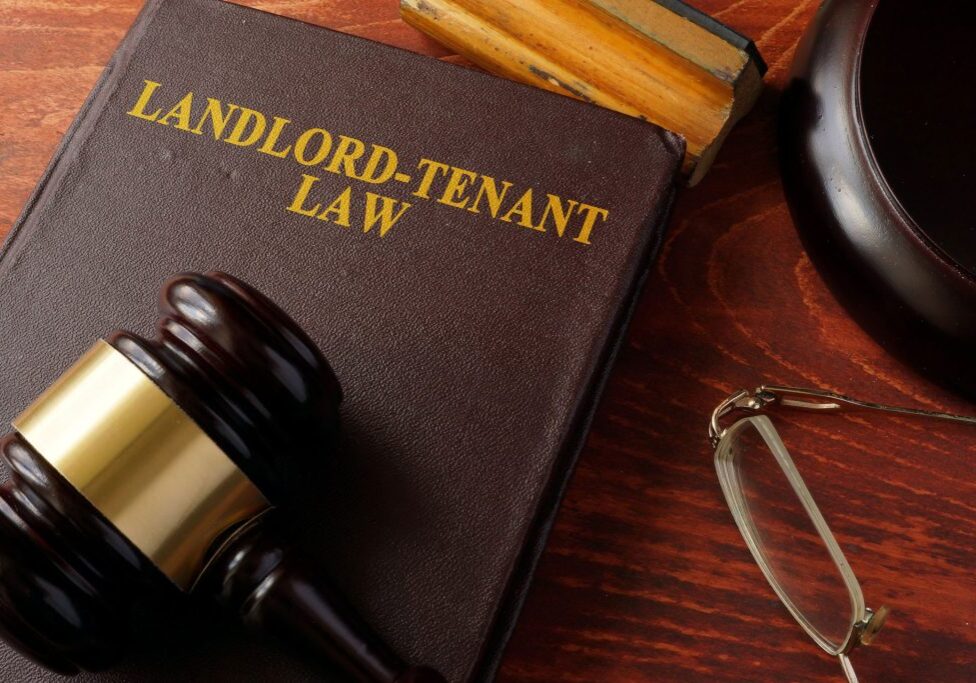
Most people understand the importance of automobile insurance, and the need to carry sufficient insurance coverage. If someone brings a claim against you then your insurance company provides for your defense, and if necessary, payment of any judgment or settlement. However, many people don’t realize the importance of Uninsured Motorist (“UM”) coverage, and unwisely decide to not add the coverage.
UM coverage steps in and pays for damages caused by the at–fault driver who failed to obtain car insurance (i.e., “uninsured motorist/driver”). Failure to carry adequate UM coverage can lead to financial disaster, even if the vehicle crash is another driver’s fault. Statistics show the number of uninsured drivers is on the rise in America. According to a recent Insurance Research Council nationwide study, if someone is injured in an automobile accident, the chances are one (1) in seven (7) that the at–fault driver is uninsured. In Tennessee, the estimated percentage of uninsured motorists varies between sixteen (16%) and thirty (30%) percent. In Georgia, the estimated percentage of uninsured motorists varies between fourteen (14%) and sixteen (16%) percent.
These statistics reinforce the need for drivers to carry UM coverage. All too often, consumers reject UM coverage because they don’t understand the nature of the coverage, or decide to save a few dollars each month on premiums. However, the risks of serious injury caused by the high percentage of uninsured/under–insured driver’s today far outweighs the few dollars saved each month in insurance premiums.
Similar to UM coverage, Under–Insured Motorist (“UIM”) coverage steps in and pays for damages caused by the at–fault driver who obtained some insurance, but not enough to adequately compensate the injured party. In either scenario, the UM/UIM policy pays for any aspect of bodily injury damages the injured party could recover from the at–fault driver. These damages include: medical expenses; lost earnings; pain and suffering; loss of consortium, or damages recoverable in a wrongful death suit.
UM/UIM coverage provides protection not only if you’re in your car at the time of collision, but also if you’re in someone else’s vehicle. The coverage also extends to the policyholder’s family members and covers other vehicle–related collisions, such as hit and runs, or pedestrians or cyclists struck by a car or truck.
In serious incidents, it’s not uncommon for an injured party to suffer hundreds of thousands of dollars in damages. Health insurance may pay most medical expenses, but it won’t cover your other out-of-pocket expenses (e.g., health insurance co–pays and deductibles), lost earnings, permanent disability or pain and suffering. Maintain adequate UM/UIM coverage limits so you, and your family, are protected and may recover financially, even when an at–fault driver is uninsured/under–insured.
If your vehicle is involved in a collision then regardless of who is at fault, be sure to remember these important things:
- Make sure the police officer completes a written report of the collision.
- Try to obtain the other party’s insurance information as soon as possible. (If necessary, feel free to ask the police officer for assistance).
- Even if the other driver is clearly at fault, contact your automobile insurance carrier as soon as possible and put it on notice of the collision. (Placing your insurance carrier on notice won’t cause your insurance rates to increase, and is essential if it’s later discovered that the other driver failed to obtain insurance, allowed his coverage to lapse, or is under–insured).
- Be sure consult with a lawyer so you’re clear about your rights and obligations under your automobile insurance policy.
Robert Jeffrey Wolford is licensed to practice law in the States of Tennessee and Georgia.














